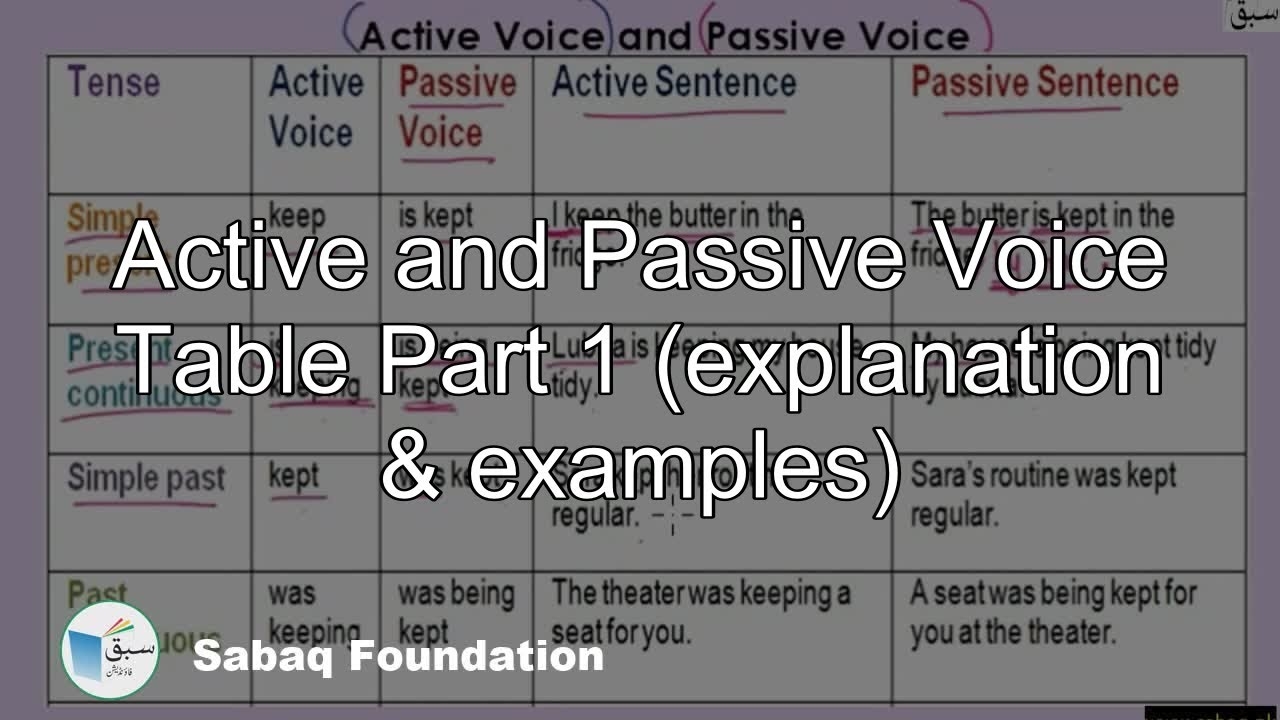When it comes to writing, understanding the difference between active and passive voice is essential. Both play a significant role in the clarity and effectiveness of your sentences. By knowing how to use them correctly, you can improve the flow and impact of your writing.
Active voice is when the subject of the sentence performs the action. It is direct, clear, and concise. On the other hand, passive voice is when the subject receives the action. While passive voice can be useful in certain situations, it is often considered weaker and less engaging than active voice.
Active and Passive Voice Rules
1. Use active voice for clarity and directness. Active voice makes your writing more dynamic and engaging. It clearly shows who is performing the action and helps the reader follow the flow of your ideas.
2. Avoid passive voice when possible. Passive voice can make sentences sound awkward and confusing. It is often used to shift focus away from the doer of the action, but it can lead to ambiguity and lack of clarity.
3. Use passive voice when the doer of the action is unknown or less important. In some cases, passive voice can be used to emphasize the action itself rather than the doer. However, be cautious not to overuse it, as it can make your writing sound passive and dull.
4. Be mindful of word order in passive voice sentences. In passive voice, the object of the action becomes the subject of the sentence. Make sure to rearrange the sentence structure accordingly to maintain clarity and coherence.
5. Consider the context and purpose of your writing. The choice between active and passive voice depends on the message you want to convey and the impact you want to create. Be intentional with your voice selection to effectively communicate with your audience.
In conclusion, mastering the rules of active and passive voice can enhance the quality of your writing. By understanding when and how to use each voice effectively, you can create clear, engaging, and impactful sentences. Experiment with both voices in your writing to find the right balance that suits your style and purpose.
